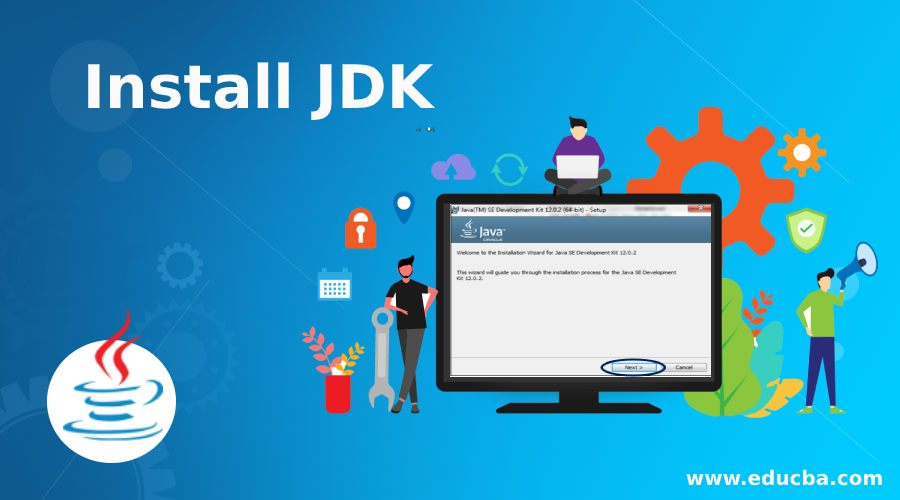Java Full Stack Development has become one of the most sought-after skills in the tech industry. With the ability to handle both front-end and back-end development, Java Full Stack Developers are pivotal in creating dynamic web applications. Explore your ultimate roadmap to becoming a proficient Java Full Stack Developer, guiding you through essential skills, Java Full Stack Developer Training resources, and practical steps, including how to install the JDK (Java Development Kit).
Understanding Full Stack Development
Full Stack Development refers to the end-to-end development of web applications, encompassing both the client-side (front-end) and server-side (back-end) components. A Stack Developer is versatile and capable of managing databases, servers, systems engineering, and clients.
Skills Required: Java Full Stack Development
To become a successful Java Full Stack Developer, you need to know the Skills Required for Java Full Stack Developer:
| Skill | Description |
| Core Java | Understanding Java syntax, data types, control structures, and OOP principles. |
| Spring Framework | Familiarity with Spring MVC, Spring Boot, and Spring Security for back-end development. |
| HTML/CSS | Knowledge of creating responsive web designs using HTML5 and CSS3. |
| JavaScript | Proficiency in JavaScript for front-end interactivity, including frameworks like React or Angular. |
| RESTful APIs | Skills in creating and consuming RESTful services for seamless client-server communication. |
| Database Management | Understanding of relational databases like MySQL or PostgreSQL and NoSQL databases like MongoDB. |
| Version Control | Familiarity with Git and GitHub for code versioning and collaboration. |
Steps to Become a Java Full-Stack Developer
Learn the Fundamentals of Java: Begin your journey by mastering the core concepts of Java. This involves understanding object-oriented programming, data structures, and algorithms. Utilize resources such as books, online courses, and coding boot camps.
Install JDK (Java Development Kit): Install JDK is crucial for Java development. Here’s a quick guide:

How to Install:
- Step 1: Download the latest version of JDK from the Oracle website or use OpenJDK.
- Step 2: Follow the installation instructions specific to your operating system.
- Step 3: Set the environment variables (JAVA_HOME and PATH) to point to the JDK installation directory.
- Step 4: Verify the installation by opening the command prompt and typing java -version.
Front-End Development: Dive into front-end technologies. Start with HTML, CSS, and JavaScript. Once comfortable, explore frameworks like React or Angular, which help in building responsive and interactive user interfaces.
Back-End Development with Java: Learn how to build back-end applications using Java frameworks such as Spring Boot. Understand how to create RESTful APIs and connect them to a database for data persistence.
Database Management
Familiarize yourself with databases. Learn SQL for relational databases like MySQL and concepts of NoSQL databases like MongoDB. Knowing how to design and interact with databases is crucial for a Full Stack Developer.
Version Control with Git
Git is essential for managing your code. Learn how to create repositories, commit changes, branch, and merge code using Git and GitHub. This knowledge is vital for collaborating on projects with other developers.
Continuous Learning: The tech landscape is ever-evolving. Keep learning new frameworks, tools, and best practices. Participate in online communities, attend workshops, and stay updated with industry trends.
Enrolling in Online Courses
One of the best ways to streamline your learning process is by enrolling in a Full Stack Developer Course Online. These courses offer structured learning paths, practical projects, and mentorship opportunities. Look for programs that provide hands-on experience and cover both front-end and back-end technologies comprehensively.
Career Opportunities and Job Roles
Upon completing your training and gaining experience, you can explore various career opportunities such as:
| Job Role | Description |
| Java Full Stack Developer | Java used designing, developing, and maintaining web applications. |
| Software Engineer | Involved in software design and development, testing, and deployment. |
| Web Developer | Focused on front-end or back-end development, creating interactive web applications. |
| DevOps Engineer | Works on automating processes and managing infrastructure in development environments. |
Conclusion
Becoming a Java Full Stack Developer requires dedication, continuous learning, and practice. By mastering essential skills, installing the necessary tools like the JDK, and leveraging online training resources, you can pave your way to success in this dynamic field. As the demand for Full Stack Developers continues to grow, now is the perfect time to embark on your journey.